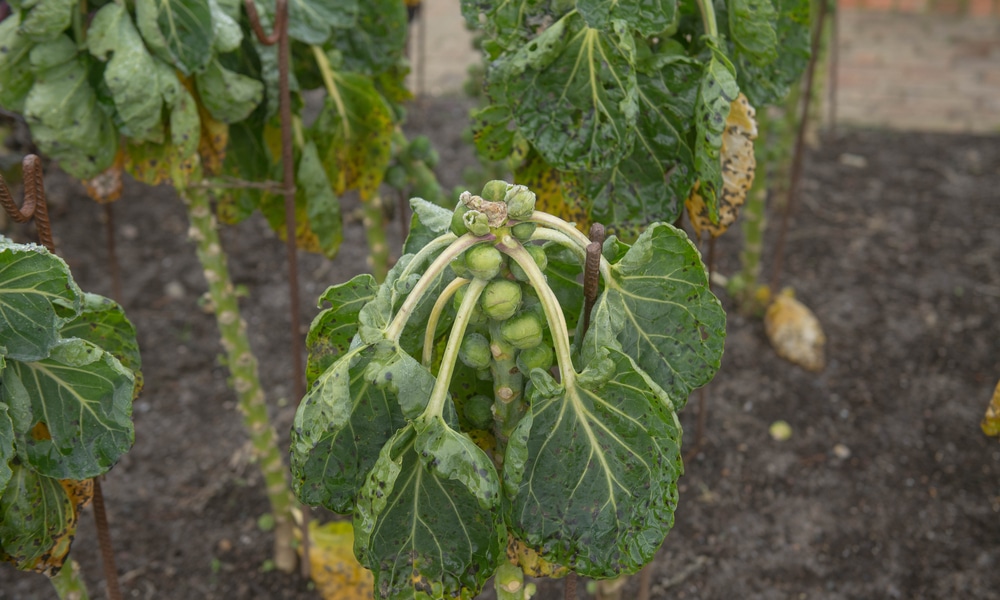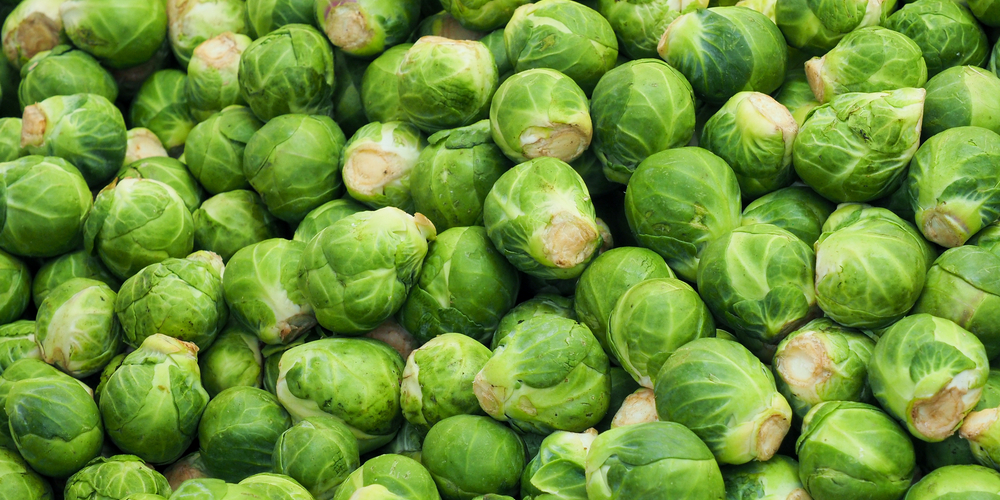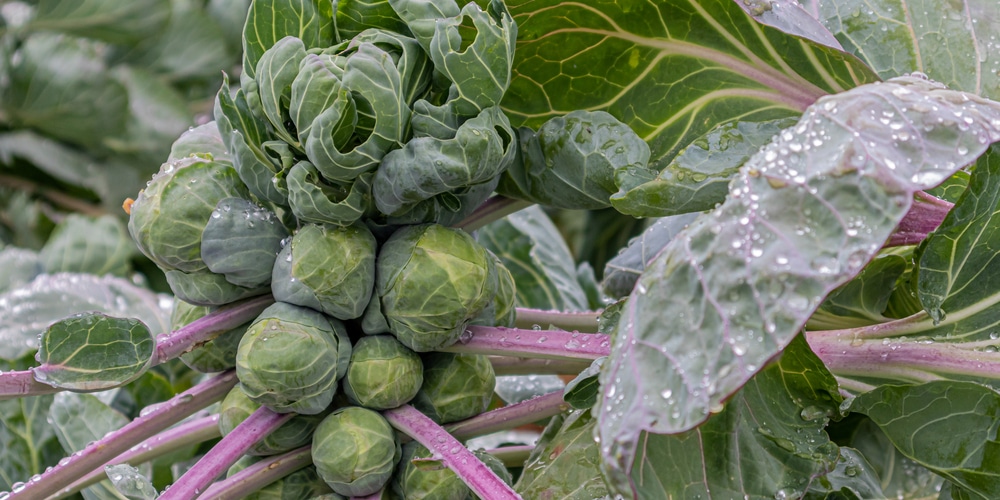Brussel sprouts are excellent choices for your vegetable garden, especially if you like planting varieties that don’t require much help to thrive. Plus, these veggies are rich in flavor (and healthy nutrients) that make them ideal additions to your meals.
If you usually buy Brussel sprouts at the grocery shop, you will be positively surprised at how different home-grown varieties taste! Plus, these plants are hardy: they will handle low temperatures with no issue, provided that you ensure to meet their basic requirements. Under the right conditions, growing Brussel Sprouts will be a satisfying experience!
Quick Answer:
In zone 6, you should plant your Brussel Sprouts in August. However, check with your local climate conditions: if the month is still hot, wait for a few more weeks for temperatures to decrease.
To increase your chances of successfully growing healthy Brussel Sprouts, you must know about the proper planting period. Indeed, while sounding trivial, planting seeds at the right time can make a difference in the outcome of your harvests. If that sounds challenging to you, don’t worry.
In this “When to Plant Brussel Sprouts Zone 6” essential guide, you’ll find everything you need to know about getting healthy crops. The good news is that these plants usually require minimal care: as long as you can provide them with enough space to grow and ensure they grow in a suitable climate, you can expect to get prosperous harvests!
When to Plant Brussel Sprouts Zone 6
You must expose Brussel Sprouts to a period of cold temperatures for them to thrive. In most regions, you will get excellent results by planting your veggies in summer to get a fall harvest.
These plants will sprout in about 100 to 200 days (depending on the variety you picked for your garden). As a rule of thumb, you can figure out your planting date by detecting the average date of the first fall frost and subtracting ten weeks.
If you have seeds, take 6 to 8 weeks before the date you calculated to start your seedlings.
In zone 6, you should plant your Brussel Sprouts in August. However, check with your local climate conditions: if the month is still hot, wait for a few more weeks for temperatures to decrease.
Also, start your seeds indoors around June before planting them outdoors. In zone 6, summers can get hot: you’ll want to protect them from the warmest months of the year to ensure the development of healthy plants. Follow our tips to get your first sprouts in about 50 days. However, you’ll have to wait for 50 more for stalks to develop.
To have more abundant crops, consider planting a couple of varieties: they will mature at different times and provide you Brussel Sprouts all fall and winter!
Growing Conditions
Brussels Sprouts belong to the Brassica family, like cabbage, kale, broccoli, and cauliflowers. You can plant these veggies together to increase variety in your vegetable garden.
Once you established your seedlings on the ground, all you have to do (for the most part) is waiting for them to grow. Be patient: these plants are slow-growers. But as soon as the temperatures start going below 70F, you will start seeing some progress.
Consider adding mulch around your plants to regulate soil temperatures and keep weeds at bay. Because these plants are susceptible to attacks from cabbage moths and loopers, you’ll need to prevent damage.
Add a net on your veggies or plant them close to beneficial companions to repel harmful insects. Marigold and dill will provide you with excellent results. You can remove insect covers in the fall when pests’ activity considerably decreases. Doing so will also allow your plants to grow better, as it will provide them with more room.
Brussel Sprouts are heavy feeders: provide them with regular fertilizing to ensure they get all of the nutrients they need to thrive. Also, try to cut all the leaves that don’t look healthy to ensure your plants concentrate their energy on developing sprouts.
While these plants will grow in almost any soil, they prefer slightly acidic conditions. Carry out a pH test before planting them and make adjustments if you need to do so. For best results, keep the pH levels between 6.0 and 6.8.
Related Gardening Guide: When to plant strawberries in zone 6
When to Plant Brussel Sprouts Zone 6: The Bottom Line
As you can see, there is not much you should worry about when growing Brussel Sprouts in zone 6. The temperatures are mild enough to allow them to grow. However, make sure you start your seeds at the right time and follow our recommendations for getting healthy crops.
Related Article: Flowering Brussel Sprout Plant? Here’s Why it Bolted and What to Do


